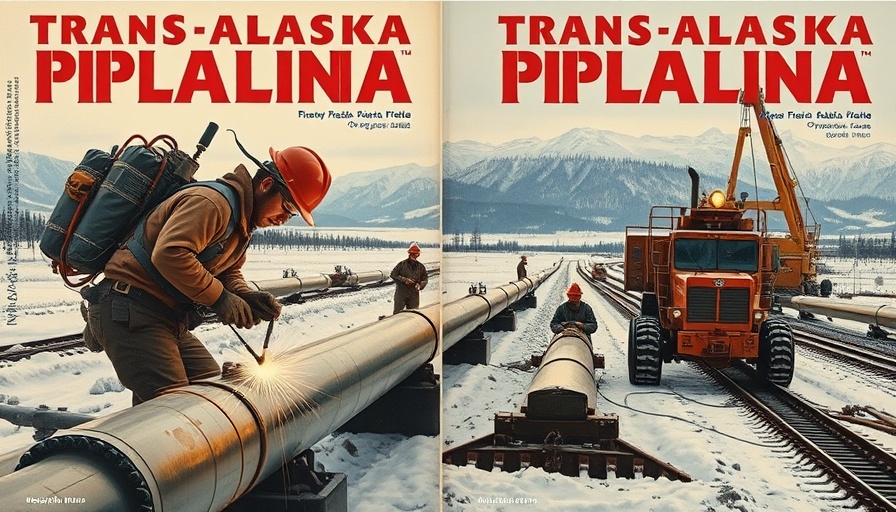
Unveiling the Trans-Alaska Pipeline: An Engineering Marvel
When thinking of engineering feats, one cannot neglect the monumental achievement of the Trans-Alaska Pipeline. It symbolizes more than just a solution for energy transportation; it embodies the spirit of innovation and collaboration in construction. Completed in 1977, this ambitious project extended a staggering 800 miles and required intense mobilization and ingenuity against the unforgiving Alaskan wilderness.
The Element of Mobilization: A Giant Undertaking
To manage the broad and sprawling logistics required for the Trans-Alaska Pipeline, the project's planners had to think outside the box—essentially bringing large-scale construction to one of the most remote locations on Earth. Mobilization was key, requiring everything from heavy machinery to living quarters for workers, all the while adhering to rigorous schedules and budgets. This was no small feat, as the project brought together thousands of workers, engineers, and project managers, all focused on a singular goal.
Construction Technology: Innovations at Play
The project was a testing ground for construction technologies, like modular construction, designed to improve efficiency and reduce waste. By developing materials in controlled environments and transporting them to the site, each section of the pipeline was seamlessly integrated on-site, minimizing disruption. Such innovations highlight how construction can evolve, paving the way for smart building practices that resonate today.
Lessons Learned and Future Predictions
The legacy of the Trans-Alaska Pipeline offers critical insights for today’s construction industry. Modern projects can glean valuable lessons from its extensive planning, real-time problem-solving, and adaptive management strategies. Additionally, with today’s evolving focus on sustainability and technology integration, future projects must continue to innovate in material utilization and efficiency, aligning with the trends of green construction.
The Impact on Modern Project Management
Overall, the successful execution of the Trans-Alaska Pipeline serves as a foundational lesson in project management. With effective communicator roles and clear client expectations, construction firms can avoid common pitfalls and become leaders in their respective sectors. Understanding the complexities of mobilization, scheduling, and innovation can lead to improved efficiencies and significant cost savings in future projects.
Call to Action: Embrace the Future of Construction
As the construction industry continues to evolve, now is the perfect time to embrace cutting-edge technology and innovative methodologies. By learning from historical projects like the Trans-Alaska Pipeline, modern firms can enhance project outcomes through strategic planning and execution. Explore how your construction business can leverage these insights for better efficiency and sustainability.
 Add Row
Add Row  Add
Add 




Write A Comment